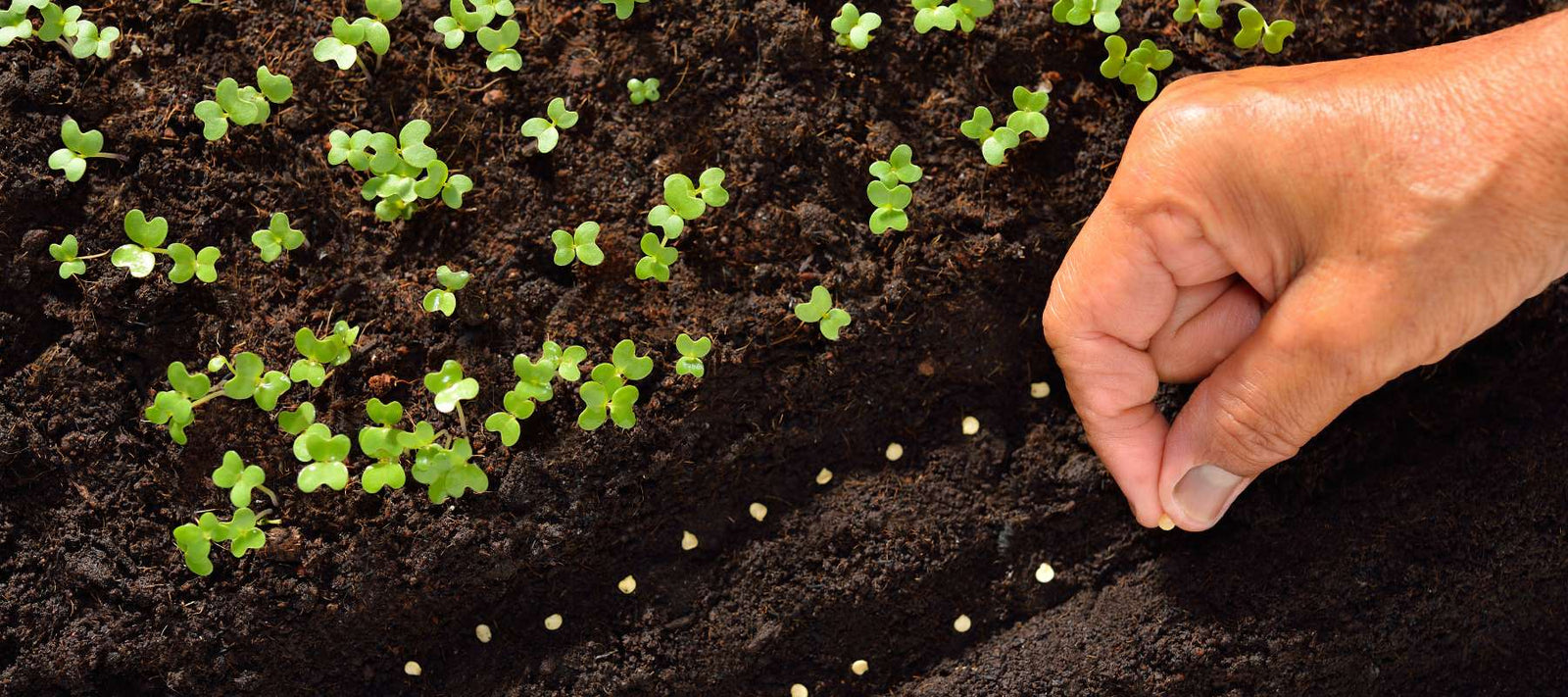The days are getting longer and the sun is getting warmer, bringing hints of Spring. March is when things can really get started in your garden for most of the United States. While zones 1 through 4 might need to wait another month or so, many of us can begin to get seeds started outdoors in the soil now.
Here are some vegetables you can sow outdoors in your garden for a mid-Spring or early-Summer harvest. For speedier success, you may want to plant these in a cold frame or hoop house, especially if your outdoor temperatures are not consistently above 40 degrees Fahrenheit yet.
Beets
Beets are a healthy and delicious treat that will be ready to harvest quickly. Because they are root vegetables, beets do better sown directly in the garden. However, they can be started indoors 3 to 4 weeks before your last frost date and then transplanted into the garden. Be extra careful not to disturb the roots when transplanting them. You’ll want to plant them 4 to 6 inches apart.
Broccoli
Broccoli is another nutritional powerhouse, being high in Vitamin C, Fiber, and Folate. It will germinate in soil with temperatures as low as 40 degrees Fahrenheit. You’ll want to space your broccoli plants 18 to 24 inches apart and keep them well-watered.
Cabbage
Cabbage loves the cool weather. It does not do well in the full heat of Summer unless planted in partial shade. Watch for pests, as they are particularly fond of cabbage. Neem oil is a natural pesticide that will help keep the cabbage worms away from your vegetables. Cabbages should be sown 18 to 24 inches apart.
Carrots
Carrots are a highly nutritious root vegetable that comes in a rainbow of colors, not just orange. They can be sown the week of your last frost. Carrots are a great crop to plant in succession (sow new seeds every couple of weeks) so that you can have an extended harvest. You can plant carrots 2 to 3 inches apart.
Lettuce
Lettuce is a true cool-weather crop. Summer heat will stunt the growth of lettuce, so it’s ideally planted in the early spring, or late-Fall, or grown indoors year-round. Lettuce is thirsty, so keep it consistently lightly watered and use a mulch to help the soil to retain moisture. You can succession plant lettuce for a continual harvest. It is best harvested early, once it has formed true leaves but before it can become bitter. Lettuce should be planted 8 to 10 inches apart.
Onions
Onions can endure early-Spring weather but will not do their best if temperatures drop below 20 degrees Fahrenheit. Onions should be planted 4 to 6 inches apart. If you started your onions indoors, you should trim them down to 3 inches before planting outside.
Peas
Peas are perfect for planting in March. They can be planted anywhere from 2 to 4 weeks before your last frost date and will be ready to harvest in 60 to 70 days. Keep an eye on your peas once flowers form and harvest frequently. Peas are another great crop for succession planting. Plant your peas 4 to 6 inches apart and keep them well-watered.
Spinach
Spinach loves Spring weather! Like lettuce, it is sensitive to the heat of Summer, so March is a perfect time to sow some spinach. Spinach is another good candidate for succession planting, so you always have healthy leafy greens throughout the Springtime. Plant your spinach 3 to 6 inches apart. Harvest early for baby greens.
March is also an ideal time to plant flowers like nasturtium, sweet peas, and poppies outdoors. Near the end of the month, you should start warm-season vegetables like squash, tomatoes, peppers, and eggplants indoors. They’ll be ready for transplanting outdoors well after the chance of frost has passed.
March is an exciting time for gardeners; for most of us, that’s when the growing season actually begins. There are a variety of seeds you can sow now to reap a bountiful harvest. Be sure to follow the directions on your seed packets for optimal success. Happy growing!
























